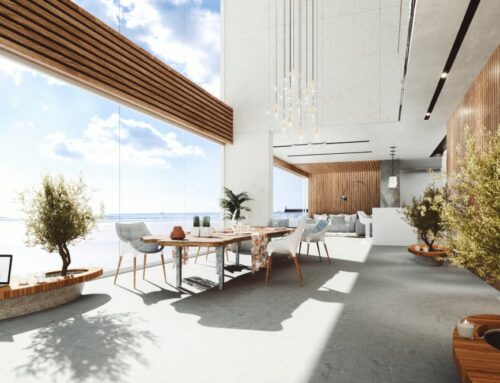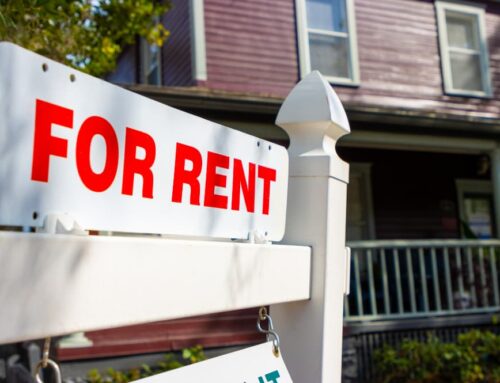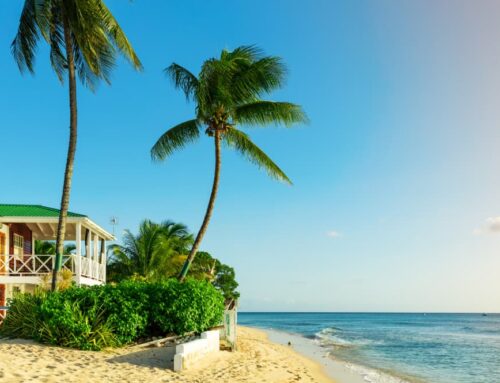If you’re looking to build a new house or convert a building into a habitable living space, you’ll need to acquire secondary dwelling insurance. Although it’s similar to homeowners insurance, it can’t be added to your existing policy. Here, Muller Insurance describes secondary dwelling insurance, what a basic policy looks like, and the things that are covered.
What Is Secondary Dwelling Insurance?
If you own a secondary residence that you inhabit throughout the year, that building is considered a secondary dwelling. Secondary dwelling insurance covering you from any liabilities that may arise when building or renovating the secondary dwelling. Additionally, this residence has a date of establishment that differs from the date listed on the insurance policy for your primary residence. This means the secondary dwelling can’t be included in your existing insurance policy, as its rates had been previously calculated to fully cover your primary residence.
Factors that Secondary Dwelling Insurance Policies Consider
As with your primary residence, there are many factors to consider when insuring a secondary dwelling. Here are a few of them:
- Location: If your secondary dwelling is located in an area that requires emergency services to travel longer-than-average distances to arrive on the scene, this could impact the size of the policy you need.
- Rental: If the second dwelling is offered as a living space for rent, you are required to purchase a landlord insurance policy to cover potential liabilities.
- Building value: If your second home’s appraisal ranks it as a high-value structure, this may affect how much coverage your secondary dwelling insurance policy requires.
Basic Secondary Dwelling Insurance Policy and Add-ons
With a secondary dwelling policy from Muller Insurance, you are covered for standard protections, such as:
- Liability coverage
- Personal belongings damaged/destroyed
- Structural damage to the building
Depending on your secondary dwelling’s location and other unique characteristics, consider applying for additional policies to ensure further protection. These may include:
- Earthquake insurance: If your secondary dwelling is built in a region that’s prone to earthquakes you’d be wise to invest in this coverage. The structural damage caused by these geological events is powerful and has been known to cause severe structural problems and damaged belongings.
- Flood insurance: If your second home is situated near a beach or large body of water, a flood insurance policy is highly recommended. Flooding from storms can lead to water damage, potentially resulting in structural issues long after the weather has subsided.
Find the Best Insurance for Your Secondary Dwelling Today
Muller Insurance has been providing insurance to NJ, NY, CT, PA, and other states for over 100 years. For more information about how to properly insure your secondary dwelling, contact us today, and our agents will be happy to help you find the best policies.








